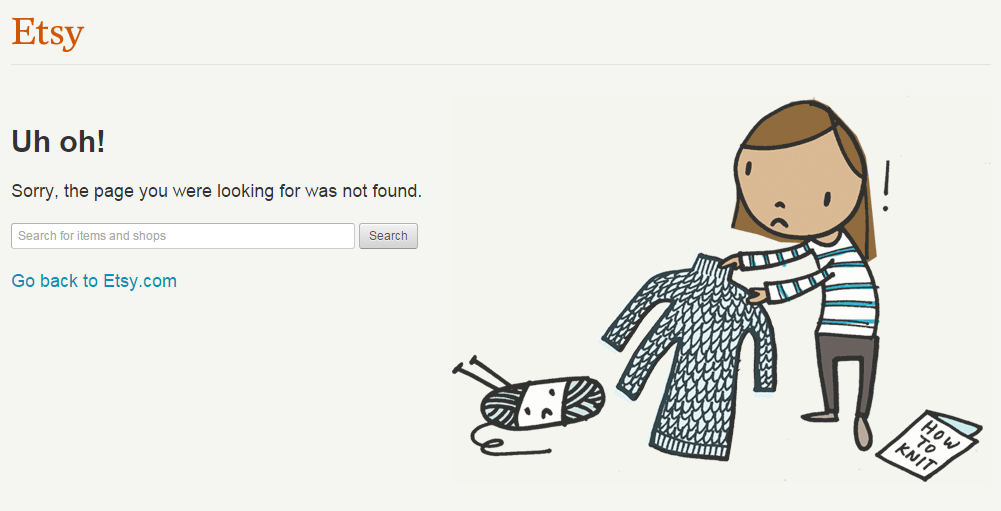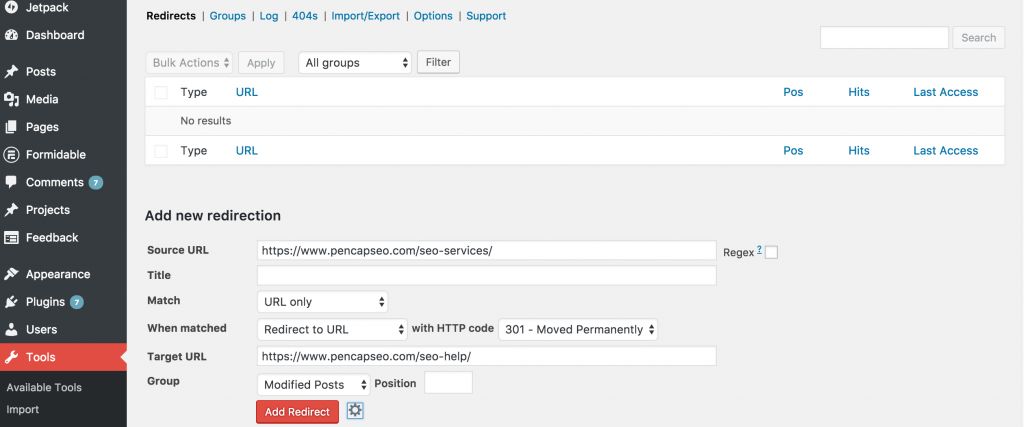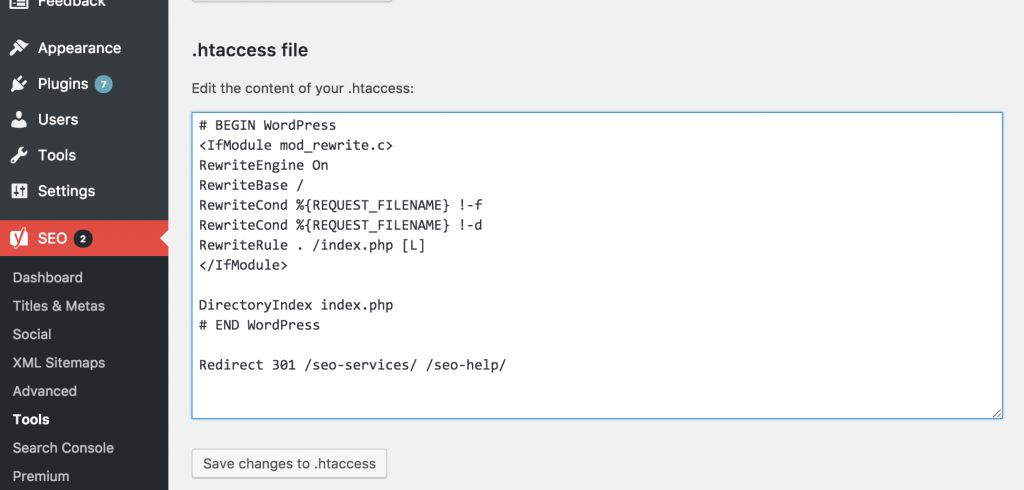What are 301 Redirects? Everything a Pet Blogger Needs to Know
Even for a seasoned pro, building a new website is no easy task. While there is a basic process to it, there are a lot of little issues that can slip through the cracks. One of the biggest of those issues is broken pages. The term “broken page” can be used to describe a lot of situations, such as a page that’s not live, a page that no longer works, or a page that was created and never finished. Pages like these can cause issues for both the users navigating through your site and the search engine spiders crawling and ranking your site.
So, what’s a blogger left to do in these situations? Simple: Take advantage of the 301 Redirect!
What is a 301 Redirect?
Simply put, a 301 redirect is what it sounds like: It’s a directive that takes users and spiders landing on one page and automatically redirects them to another. In more technical terms, a 301 redirect is considered a “permanent redirect.” There are several different types of redirects (such as 302, 303, and 307, to name a few), but a 301 is usually the best option for handling broken or removed pages.
There are many situations for a 301 redirect, however, the main reason to use one boils down to one of two primary factors: Usability and search engine optimization (SEO).
As mentioned earlier, websites are bound to have broken pages at one point or another, and the last thing you want to do is serve your loyal readers a broken page. A 301 redirect can prevent that by sending would-be visitors of that broken page to a functional page of your choice. This makes your site more user-friendly and welcoming to users and search spiders alike.
Speaking of search spiders, let’s talk about how these redirects can affect your SEO efforts. In the world of SEO, there’s a term known as page rank (sometimes called “link juice”). In simple terms, page rank is sort of a quantified value that search engines apply to every page they crawl and index. The more page rank a page has, the better it will likely rank. If a popular page on your website were taken down for whatever reason, your site may lose the benefit of that page’s ranking power. Applying a 301 redirect to that broken/removed page can pass its link juice to another page on your site, thus making sure your site retains its ranking ability.
When Should I Use a 301 Redirect?
There are plenty of situations that merit a 301 redirect. Here are a few of the most common situations a blogger may encounter:
Broken/removed/outdated page: Broken pages are a necessary evil of running a website. When this occurs, the page typically reports a 404 error.
For bloggers, one of the most common causes of a 404 page is content removal. For instance, let’s say you have an Op-Ed piece on your site where you passionately blasted a certain pet food manufacturer for their practices. The page received a lot of traffic and became one of the most popular pieces on the site. Several years go by and the manufacturer has pulled a total 180, got their act together, won all kinds of accolades, and are now interested in advertising on your site.
That old Op-Ed piece may not have a home on your site anymore, but you don’t want to lose its ranking power when you take it down. Using a 301 redirect, you can tell your site that anyone who tries to land on that page should be redirected to a different but relevant page on your site—such as the one where you explain how your popular Op-Ed piece encouraged the manufacturer to get their act together.
Duplicate content: While it’s not as dangerous as some people believe, duplicate content can still cause issues for search engines ranking your site as they may have trouble picking the best site to rank.
For instance, say someone gave you two near-identical apples and told you to pick the best one—it’d be pretty tough to make a pick, so you might just answer with an “I don’t know.” This is how duplicate content affects search engines—if a search engine sees two very similar posts, it’s not going to know which to rank better and may end up not ranking either of them very well.
For bloggers, this sometimes happens when the webmaster tries to update or refresh old content. Often, the blogger may copy and paste the original post into a new one and add to it from there. While they may technically be two different posts, that similar content is going to make it tough for search engines to determine which should rank better. In this case, you’ll want to set up a 301 redirect so any spiders (and users) visiting the older post are sent to the new one, which spiders will now recognize as the preferred of the two posts.
Site Migration: Your dog-centric blog, DogsRule.com, has been doing fantastic over the past few years. But lately, your content has moved beyond dogs to cover cats, gerbils, gold fish, and just about any other pet out there. DogsRule.com doesn’t really do your blog justice anymore, so you decide to switch to PetsRule.com.
The problem here is that you have all those great posts at DogsRule.com that you want to bring over to PetsRule.com. Instead of having those posts exist on both sites (which would be duplicate content) or removing those posts altogether (which would waste page rank), you can add some 301 redirects. Not only will this help your loyal users find those old posts, but it will also inform search engines that the site has moved and all the rankings applied to the old site should now be applied to the new site (which will be helpful in getting the new site to rank better).
How Do I Implement 301 Redirects?
OK, enough talk! Time to get down to business and talk about how to set these bad boys up.
As with most things in life, there are two ways to create 301 redirects: The easy way and the hard(er) way.
The Easy Way: If you’re using WordPress or a similar content management system to power you site, implementing 301 redirects are as simple as adding a plugin. WordPress in particular have many great ones to choose from, but my personal choice is Redirection. Redirection is a very simple, user-friendly tool that makes implementing 301s as simple as a few clicks. It also has several other features that can help you monitor your site and figure out when a redirect is necessary.
Once Redirection is installed, select the “Tools” icon in the left sidebar and then “Redirection” from the submenu. On this page, you’ll be able to enter the source URL (old page) and the target URL (page where you want old paged redirected), click “Add Redirect” and you’re done!
The Hard(er) Way: The other, more traditional method for adding 301 redirects to your site is through your website’s .htaccess file, which is basically a file used to communicate with your site’s server.
WARNING: If anything described here sounds even the least bit foreign to you, I suggest leaving it to a professional web developer. Even a small typo in the .htaccess file can cause the site to crash, so please make sure you know what you’re doing before you attempt this.
To do this, you would add the following line to your .htaccess for each redirect:
Redirect 301 <old URL> <new URL>
So, if I wanted to set http://DogsRule.com/example-A so it 301 redirects to http://DogsRule.com/example-B, then I would add the following line to the bottom of the .htaccess file:
Redirect 301 /example-A /example-B
This is another task that’s much easier if you’re using WordPress. Various SEO plugins, such as Yoast SEO, offer tools that let you modify .htaccess file right in the WordPress dashboard.
If you’re not using WordPress (or a similar platform), then you’ll need to pull the .htaccess file from the server, modify it, and put it back onto the server. Again, I do not recommend trying this unless you’re 100% sure you know what you’re doing.
In Closing
Aside from what was covered here, there are plenty of other situations where a 301 redirect can help make your site a more user-friendly, easy-to-rank blogging machine. As with most things in life, the trick to getting 301 redirects right is to know when and where to use them. Hopefully, this guide has given you a little more insight on the power of this technique.
Michael Ferrari owns and operates Pen Cap Online Marketing, an agency specializing in search engine optimization. When he’s not helping businesses dominate the search rankings, he’s most likely hanging out with his wife, son, and beagle. You can reach him at “michael(at)pencapseo(dot)com”.
Image: ArthurStock/Shutterstock.com







